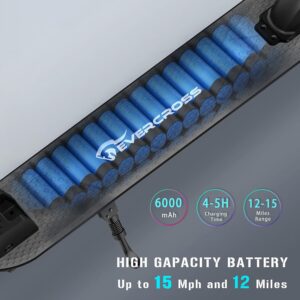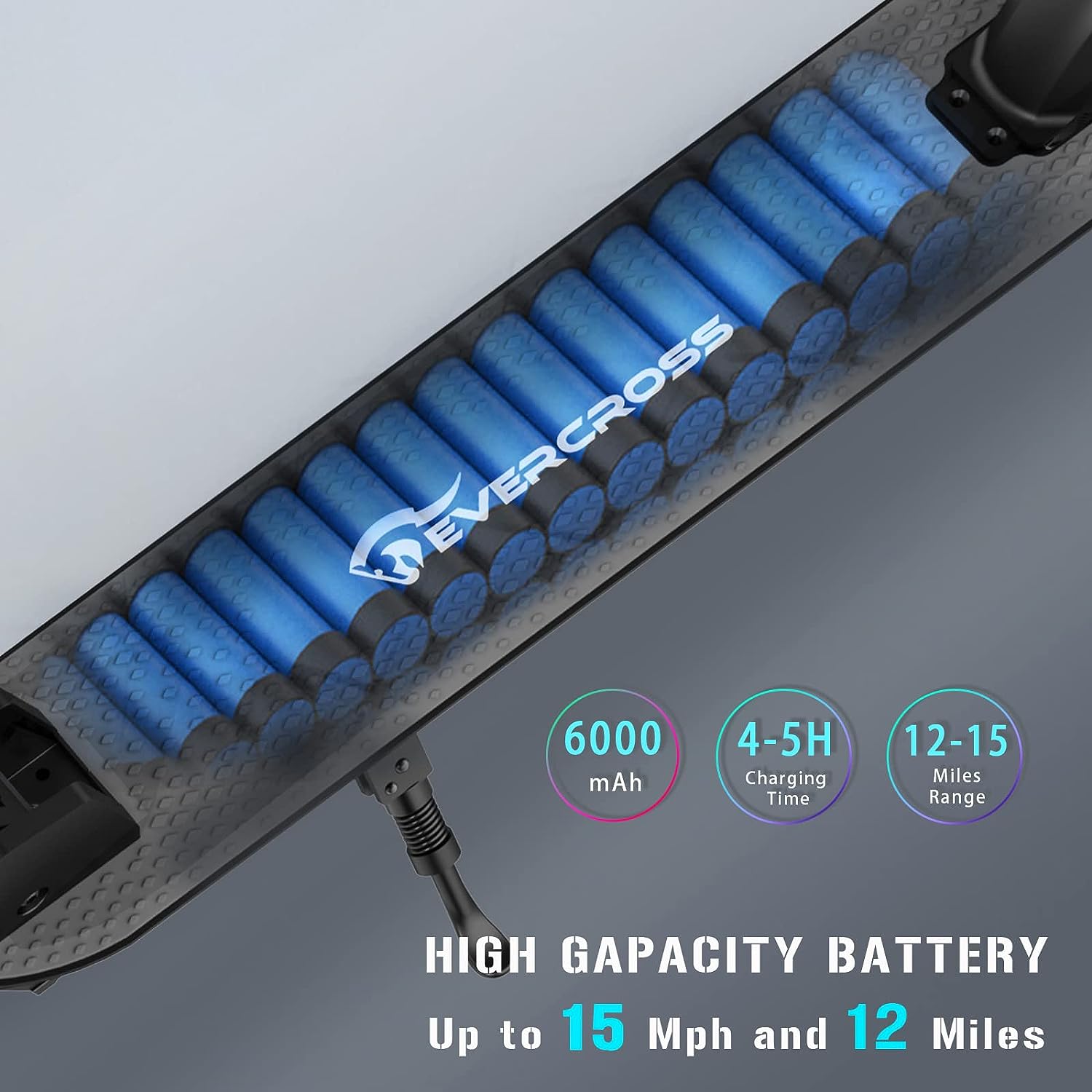In this article, you will gain a better understanding of electric bike range and the crucial role that battery capacity plays in determining it. We will explore the concept of range and how it impacts different aspects of riding, such as commuting and leisure. Additionally, we will delve into the specifications of e-bike batteries, including amp-hours and watt-hours, and explain how they relate to range and performance. Furthermore, we will provide insights into various factors that affect e-bike range, such as terrain, weather, rider weight, and riding style. Lastly, we will offer practical tips and techniques for optimizing e-bike range and enhancing battery performance. By the end of this article, you will have a comprehensive understanding of electric bike range and the factors that contribute to it, allowing you to make informed decisions when choosing an e-bike and maximizing its potential.
Understanding Electric Bike Range and Battery Capacity
Introduction to Electric Bike Range
Electric bike range refers to the distance that an e-bike can travel on a single charge. It is an important aspect to consider for riders, as it determines the practicality and usability of the bike. Whether you plan to use your e-bike for commuting, leisure rides, or other activities, understanding its range is crucial. A longer range means you can travel farther without needing to recharge, while a shorter range may limit your options.
Battery Capacity: Key to E-Bike Range
The battery capacity plays a significant role in determining the range of an electric bike. Battery capacity is often measured in either amp-hours (Ah) or watt-hours (Wh). Amp-hours represent the amount of current that a battery can provide for one hour, while watt-hours represent the amount of energy that a battery can deliver in one hour. The higher the battery capacity, the more energy it can store, allowing for a longer range.
Factors Affecting E-Bike Range
Several factors can affect the range of an electric bike. External factors such as terrain, weather conditions, rider weight, and elevation changes can impact battery consumption and overall range. For example, riding uphill or against strong headwinds requires more power, leading to shorter range. Riding style, speed, and the selected assist modes also influence battery consumption. By understanding these factors, riders can make adjustments to optimize their e-bike range.
Estimating E-Bike Range
Calculating the estimated range of an e-bike involves considering various factors, including battery capacity, power consumption, and external variables. To estimate the range, you can follow a step-by-step process. Start by determining the battery capacity in either amp-hours or watt-hours, then calculate the average power consumption per mile or kilometer. Take into account factors such as riding conditions and adjust the estimated range accordingly. Practical examples of range calculations for different scenarios can provide riders with a better understanding of what to expect.

Delving into E-Bike Battery Specifications
Exploring Battery Watt-Hours
Battery watt-hours (Wh) is a measurement of energy capacity in e-bike batteries. It represents the total amount of energy that can be stored and delivered by the battery. Higher watt-hour ratings indicate a larger energy capacity, which translates to a longer potential range. Comparing e-bike batteries with different watt-hour ratings can help riders understand the impact on range and performance.
Amp-Hour Battery Specifications
Amp-hour (Ah) ratings measure the charge capacity of a battery. Higher amp-hour ratings indicate a greater charge capacity and can provide more power for a longer duration. Battery discharge rates vary depending on riding conditions, so it’s important to consider how different conditions may affect the battery’s performance and overall range.
Understanding Bike Battery Voltage
Voltage plays a significant role in determining the power output of an e-bike. It affects the bike’s speed, torque, and overall performance. Higher voltage batteries can deliver more power, resulting in increased performance capabilities. Voltage compatibility is also essential when selecting a battery, as using an incompatible voltage could damage the e-bike’s electrical system.
Watt-Hours Capacity and Its Implications
Watt-hours capacity is a crucial battery specification that directly affects an e-bike’s potential range. It represents the total energy stored in the battery and can be used to estimate the range. E-bikes with higher watt-hour capacities have a greater potential range, allowing for longer rides without the need for recharging. By understanding the implications of watt-hours capacity, riders can make informed decisions when selecting a battery for their e-bike.

Optimizing E-Bike Range and Battery Performance
Maximizing E-Bike Battery Efficiency
To maximize e-bike battery efficiency and extend the range, there are several tips and techniques riders can follow. Maintaining a consistent speed and utilizing the pedal-assist wisely can help conserve battery power. Avoiding sudden accelerations or decelerations and optimizing gear shifting can also contribute to efficiency. Additionally, proper tire inflation and reducing wind resistance by staying in an aerodynamic position can help maximize battery efficiency.
Enhancing Battery Performance
Improving battery performance involves various strategies. Proper temperature management is crucial, as extreme heat or cold can impact battery efficiency and overall performance. Utilizing regenerative braking, which converts kinetic energy into electrical energy, can help conserve energy and enhance range. Regular battery maintenance, such as cleaning battery terminals and checking for any signs of wear, is essential for sustaining battery health and optimizing performance.
Range Optimization Techniques
There are specific techniques that riders can employ to increase the range of their e-bikes. Using lower assist levels can reduce battery consumption and extend the range. Utilizing pedal-assist mode, where the rider’s pedaling effort is supplemented by the motor, allows for more efficient power utilization. Regenerative braking, which recharges the battery during braking, can also contribute to longer range. By implementing these techniques, riders can optimize their e-bike range and enjoy longer rides.
Quality and Longevity of E-Bike Batteries
The lifespan of e-bike batteries can vary depending on several factors. The quality of the battery, usage patterns, and maintenance practices all contribute to the longevity of the battery. On average, e-bike batteries can last between 2 to 7 years, with proper care and maintenance. Following proper charging practices, such as not overcharging or fully discharging the battery, can help prolong its lifespan. Storing the battery in optimal conditions, away from extreme temperatures and humidity, also contributes to preserving its performance and longevity.
In conclusion, understanding electric bike range and battery capacity is crucial for riders looking to make the most of their e-bike experience. Factors such as battery capacity, external variables, and optimization techniques all play a part in determining the range and overall performance of an e-bike. By considering these factors and following best practices for battery usage and maintenance, riders can enjoy longer rides, enhanced performance, and optimal battery longevity.




